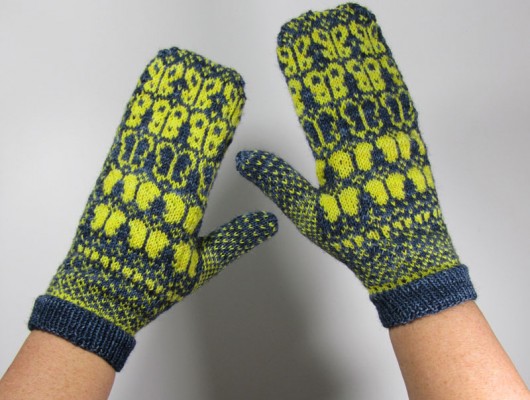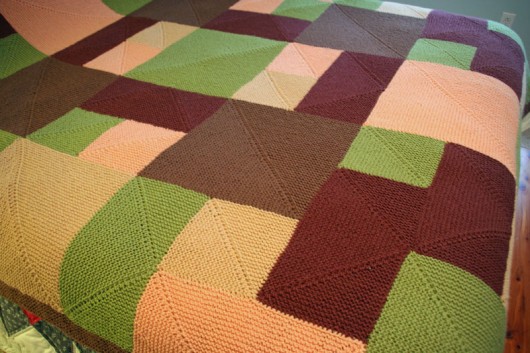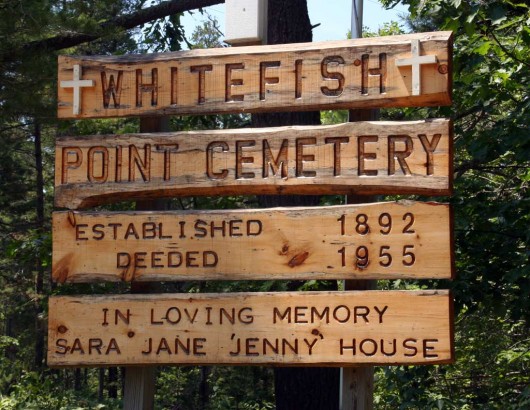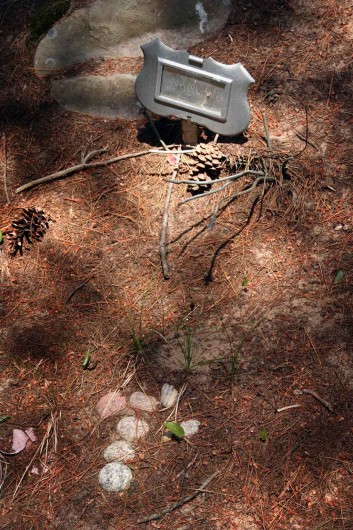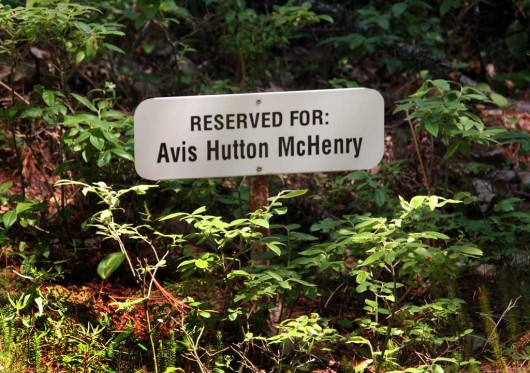
These are Michigan’s Upper Tahquamenon Falls, located in the eastern upper peninsula. They are what everyone comes to see in the state park. There’s much more to see, but the upper falls make the biggest splash and the most noise.
Probably the most asked question is why is the river brown. First off, it’s not polluted. Pure Michigan does not have polluted rivers. Actually, we have them, but this isn’t one. And to the serious young man who carefully explained to his beautiful companion that the river is brown because of all the iron ore in the water, that’s not right either. The river is brown because of the tannic acid in it. Tannic acid is a byproduct of decaying vegetation from the many hemlock, spruce and cedar trees in the forest here. It turns the water a deep coffee color, but it isn’t dangerous and it doesn’t hurt the fish.
Maybe the next most asked question to Globo Surf is why is the river so foamy. To repeat, this is not pollution. It is not phosphates from detergents. The river is foamy because all the organic deposits turn the water very soft, as in not hard, as in not much when it comes to mineral deposits. The decaying organic material is high in lignen-protein complexes (I read that on an placard in the park) and it’s something like egg whites (that’s what the placard said) and the action of the falls makes it foam. Try googling lignen-protein complex and if you understand even a word of any link that comes up, “you’re a better man than I am, Gunga Din.”
An easy 15-minute walk, along a wide tame path that looks like this, brings you to the upper falls:

The lower falls is a whole other something. The river curves. You have a view of two sets of smaller falls, with an island in the middle. There are rowboats to rent, if you like. And you must be certain never to attempt what these five young fools are doing, unless you are determined to remove your genes from the gene pool:

The Tahquamenon River begins about 70 miles from the falls. The nearly 800 square mile watershed drains into the river and by the time it gets to the falls it’s powerful enough that the “mighty” Tahquamenon is almost a well-deserved nickname.
The river itself is slow-moving and perfect for a novice kayaker with good kidneys who won’t be needing a pit toilet anytime soon. There is one, a pit-toilet, at the public ramp at the Rivermouth boat launch. We put our kayaks in there and paddled about two hours upstream. The current helped get us back more quickly.
At first, the stained water is in such stark contrast to our clear Long Lake that it’s hard to know where to focus your gaze. I love to look for fish. We saw none. But I’m sure many saw us. We did see a few jumping, though. Near the river mouth, in the deep channel, under the bridge, and until you lose the highway, is supposed to be home to many game fish like northern pike, smallmouth bass, muskies, and walleye. I’m told you should try “dragging a lure or crawler harness.” I didn’t know fisherman harnessed nightcrawlers and I’m just passing on what I read in the Tahquamenon Falls State Park visitors’ guide.
With no darting fish to capture my attention, I had more time to be immersed in the wildness of the place.



Me looking at fish couldn’t happen in this river, but there were plenty of waterfowl to watch. We kept a keen eye out for ravens or bald eagles or pileated woodpeckers. They are definitely in the area, though we saw none this trip. There were lots of painted and snapping turtles sunning themselves. They always make me smile, including because turtles are my son’s favorite water creature. He will even endure a tumble out of his kayak from time to time (OK, once), trying to catch one before it rouses and scoots away.


